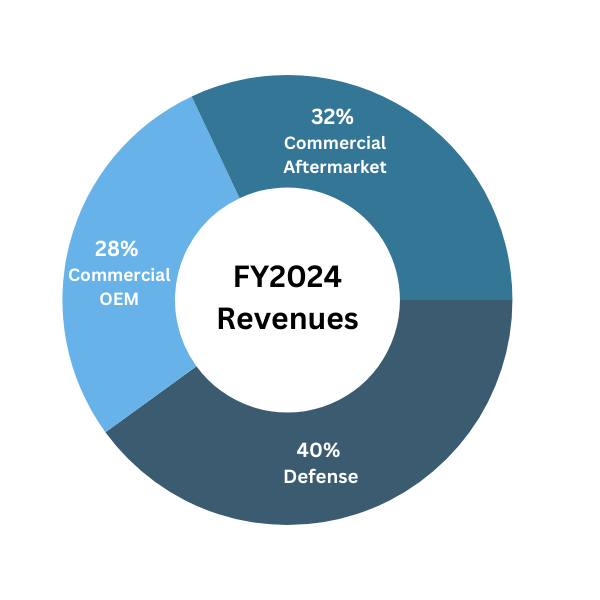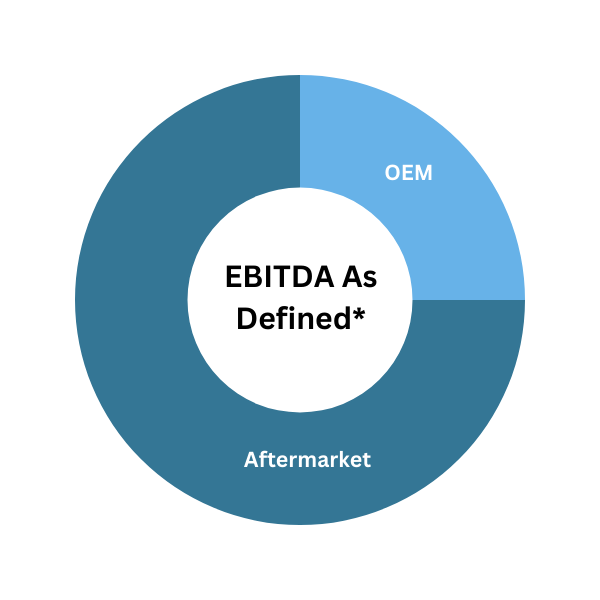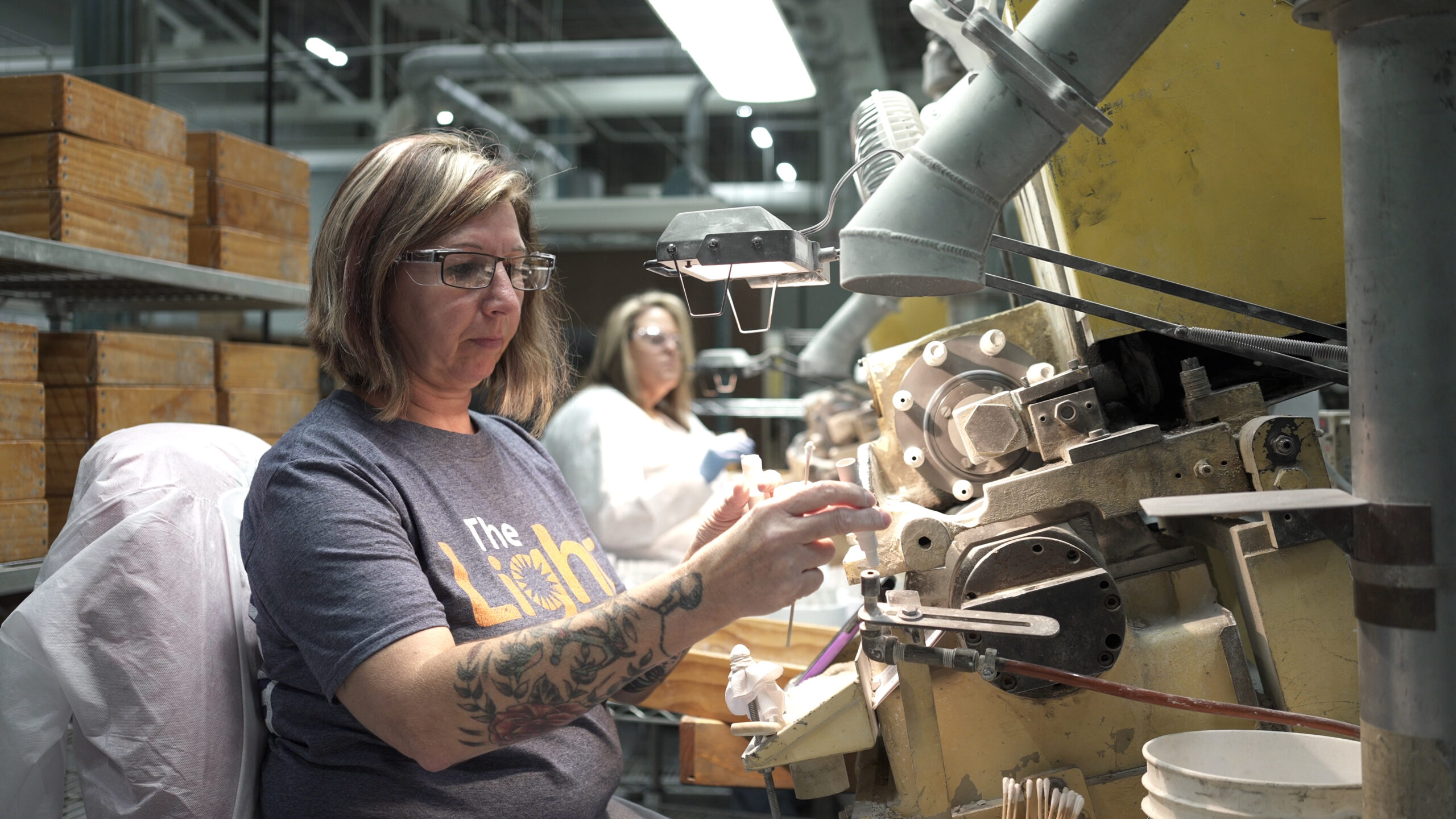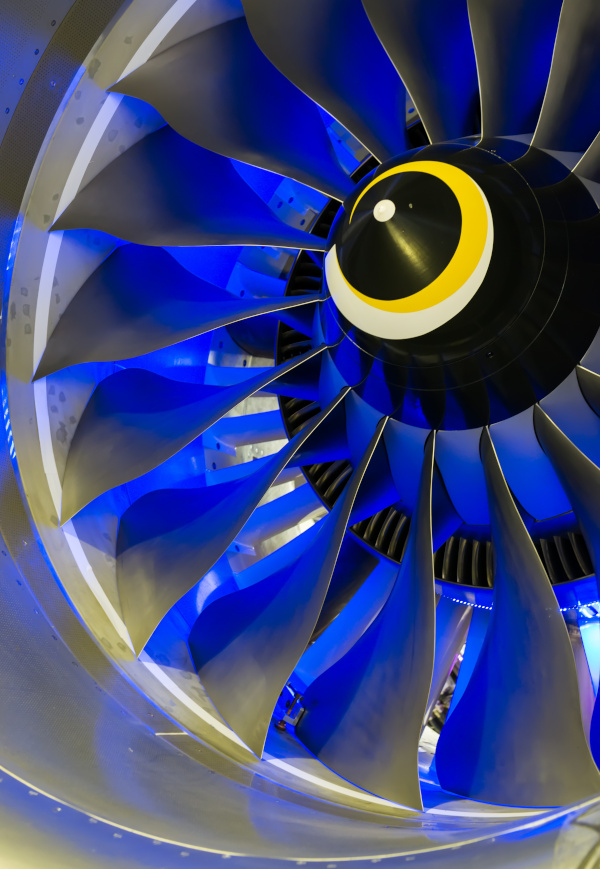TransDigm’s Parts are Represented on Nearly Every Aircraft in Service
Fiscal 2024 Revenues
Employees Worldwide
Global Manufacturing Locations
Independent Operating Units Globally



* EBITDA As Defined is a non-GAAP financial measure. For a presentation of the most directly comparable GAAP measures and a historical reconciliation of EBITDA As Defined to Net Income, please see the Reconciliation on the Investor Relations/Financial Highlights page of this website.

A Proven Business Model
While each TransDigm operating unit runs its local business autonomously and implements its own company-specific market strategy, they all share a common dedication to delivering reliable, quality parts efficiently, on time and with the highest standards. This is driven by a company-wide culture of innovation to benefit customers and generate new business development across all of our operating units. We drive value through our disciplined operating strategy, which is focused on developing profitable new business, productivity and cost improvements and providing highly engineered, value-added products to customers, with whom we foster long-term relationships. We also maintain an acquisition strategy primarily focused on proprietary commercial aerospace businesses with significant aftermarket content, where we see a clear path to value creation.
The successful execution of this business strategy has enabled us to deliver consistent financial performance through all phases of the aerospace industry market cycle to benefit our investors – providing private equity-like returns with the liquidity of a public market – as well as enhance our products and services for the benefit of all our stakeholders.




